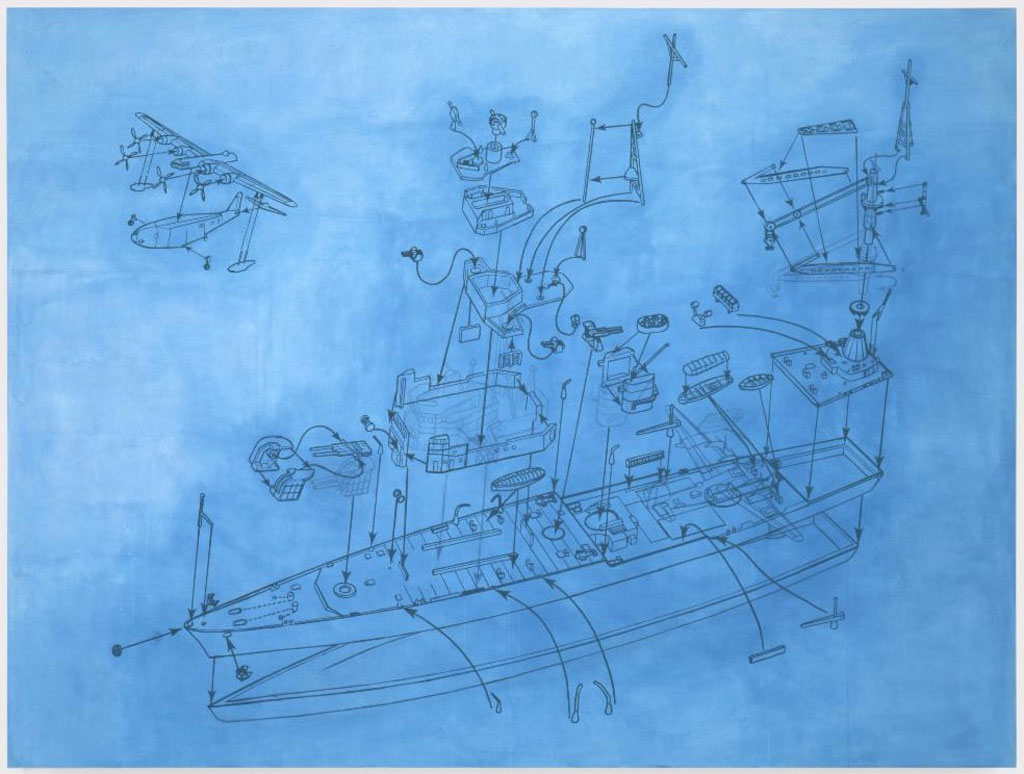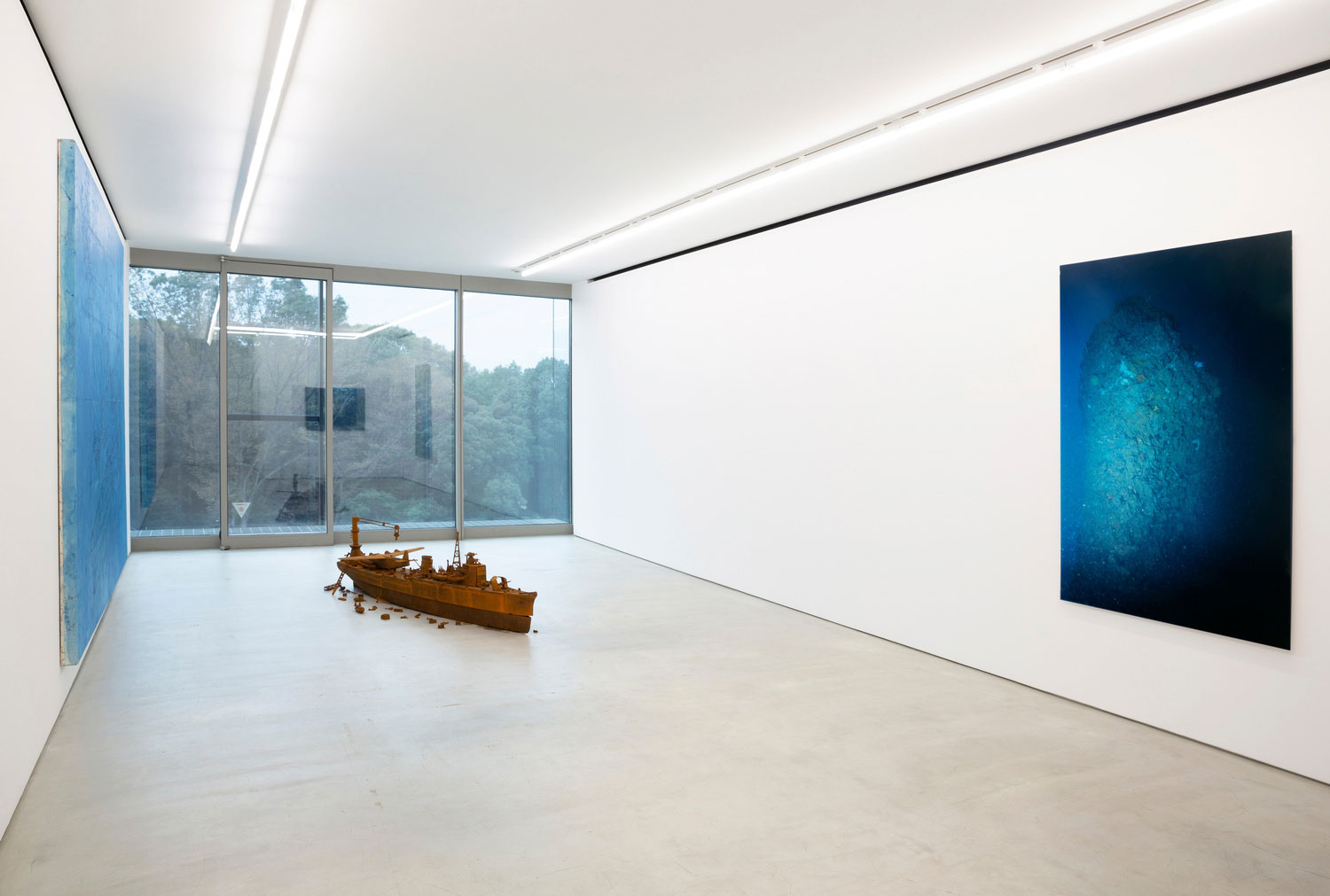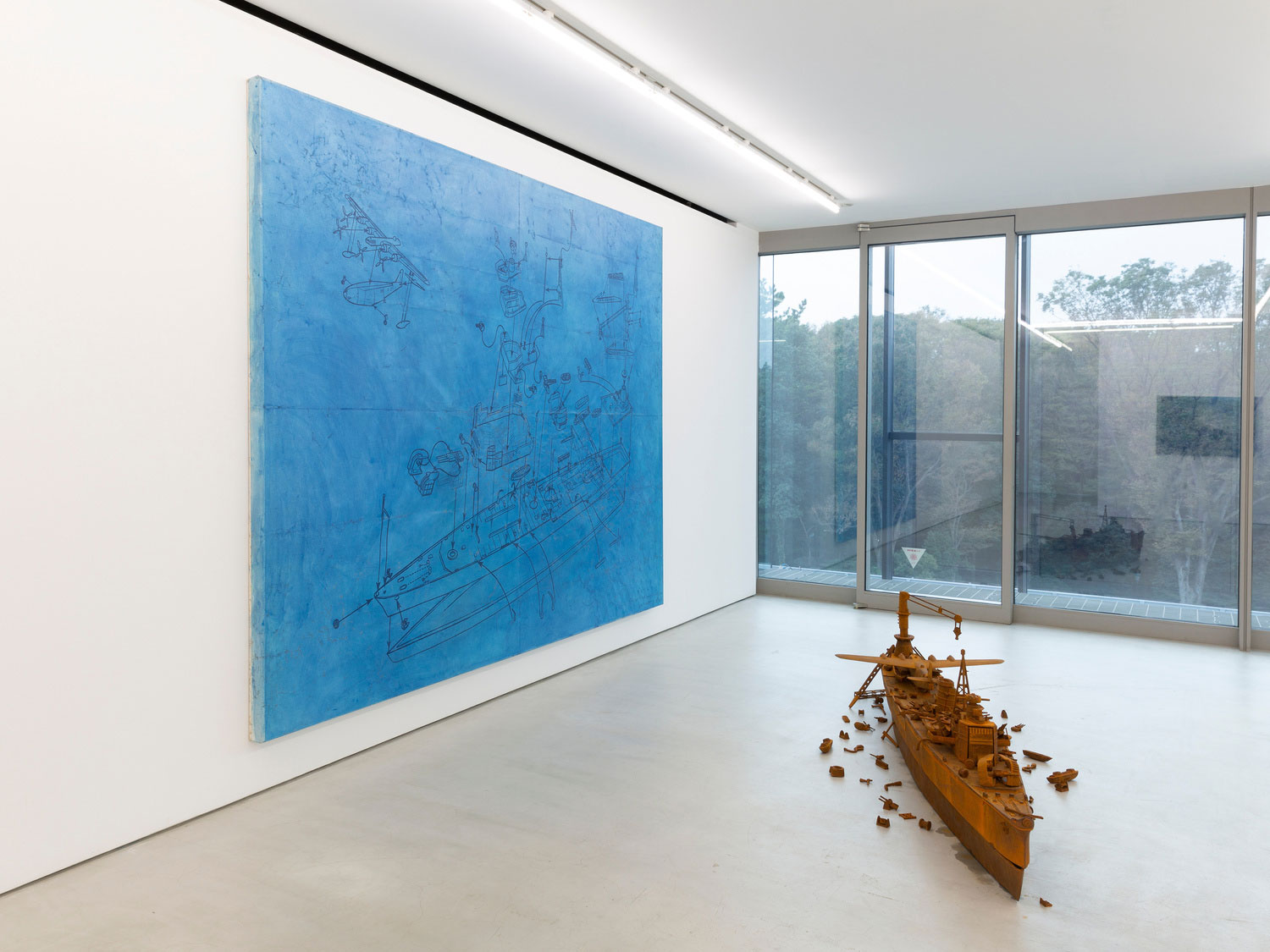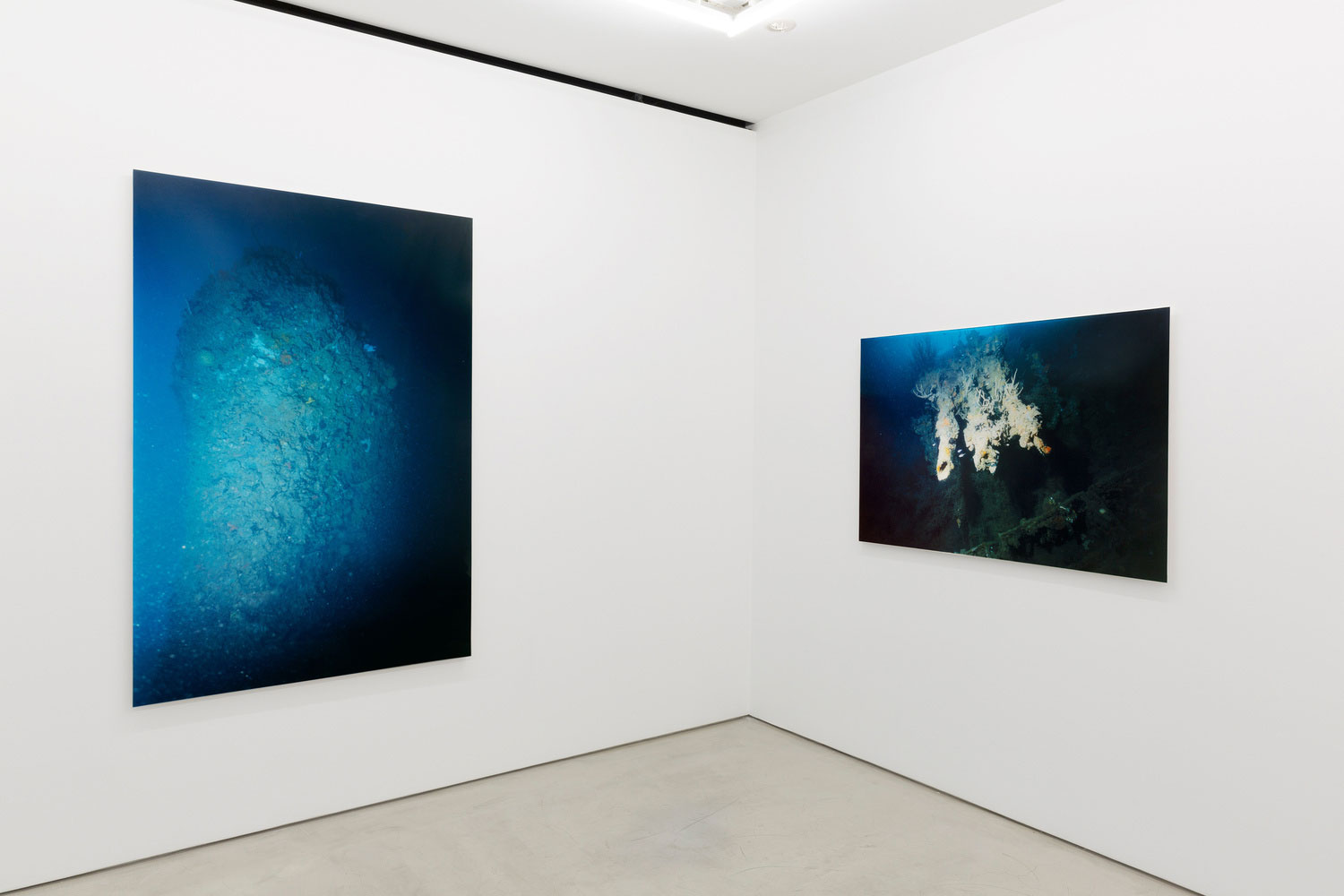ART CITIES:Tokyo-Yukinori Yanagi
 Yukinori Yanagi focuses on large-scale and site-specific installations that interrogate the politics of institutional borders and boundaries often drawing from systems of signs and symbolic imagery. After receiving his MFA in painting from the Musashino Art University in Tokyo in 1985, Yanagi moved to the U.S. for an MFA from Yale University. It was at this time that the notion of “wandering as a permanent position” began to occupy the artist’s investigations.
Yukinori Yanagi focuses on large-scale and site-specific installations that interrogate the politics of institutional borders and boundaries often drawing from systems of signs and symbolic imagery. After receiving his MFA in painting from the Musashino Art University in Tokyo in 1985, Yanagi moved to the U.S. for an MFA from Yale University. It was at this time that the notion of “wandering as a permanent position” began to occupy the artist’s investigations.
By Dimitris Lempesis
Photo: Blum & Poe Gallery Archive
Yukinori Yanagi’s solo exhibition at Blum & Poe Gallery in Tokyo succeeds the two-part historical survey exhibition Blum & Poe Los Angeles, “Parergon: Japanese Art of the 1980s and 1990s”, which featured a selection of Yanagi’s formative works from the era including the monumental “Ground Transposition” (1987) which interrogates narratives of colonial occupation and wartime incarceration, and “Pacific K100B” (1997) which confronts national histories of naval war and violence. This presentation on view in Tokyo is connected to a body of work produced in the late 1990s and early 2000s that marked a shift in the artist’s practice, in which he employed the Pacific Ocean as a research site for excavating hidden histories of war. The exhibition centerpiece, “Akitsushima 50·I / II” (2019), is a cast-iron replica of the World War II Imperial Japanese Navy seaplane tender Akitsushima, which the U.S. Navy bombed and sank in September 1944 and currently rests at the bottom of the Coron Bay of Busuanga Island in the Philippines. The numerical values of its title refer to the scale of the replica to the original at 1:50, and indicate a second iteration of the sculpture, the first was completed in 2000 and now resides in the permanent collection of the Hiroshima City Museum of Contemporary Art. The show also includes the painting “Akitsushima Instruction”, the watercolor “Diving Log (Akitsushima)”, and the photo works “Akitsushima (BOW)” and “Akitsushima (GUN)”, which document the artist’s fieldwork conducted at the time while scuba diving through the sunken structure with video and still cameras in hand. The “Pacific” series (1997) was inspired by series of expeditions where the artist dived into Pacific Ocean to photograph the ruins of WWII. Through this project, Yanagi examines the meaning behind the remnants of iron, trapped at the bottom of the boundless sea. The was the first of this thematic suite, in which Yanagi took on the plastic battleship model kits of his childhood memories, his first encounters with the remnants of the Pacific War. By enlarging the scale of the plastic model kit and producing them in cast iron, Yanagi initiates a reassessment of our collective histories of violence, focusing on the physical details that reflect technological advances in the construction of these warships that revolutionized war. The “Akitsushima 50·I / II” revealed in 2019 differs from its predecessor in 2000 in that the warship and its many disparate components were first presented embedded within a frame just as one would find it packed in a plastic model kit. Today, Yanagi separates each of the components from the frame, parts deliberately scattered in disarray on the floor, ambivalently in a process of either construction or deconstruction. This ambiguity is deeply symbolic of the act of reflecting on the significance of war and the fraught effects of Japan’s Imperialist expansion, reiterated in the title of the work which dually refers to the warship and the ancient term for Honshu (mainland) Japan.
Info: Blum & Poe Gallery, Harajuku Jingu-no-mori 5F, 1-14-34 Jingumae, Shibuya, Tokyo, Duration: 2/11-21/12/19, Days & Hours: Tue-Sat 11:00-19:00, www.blumandpoe.com



